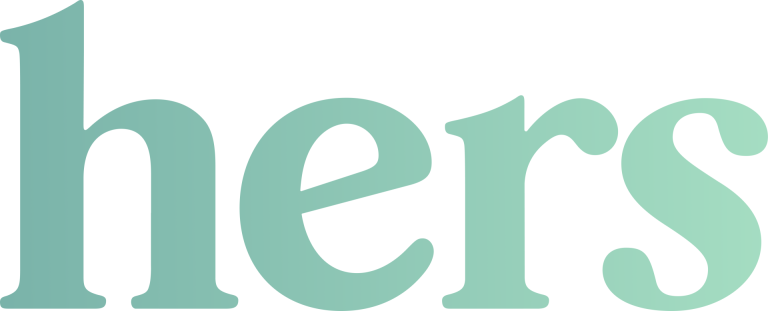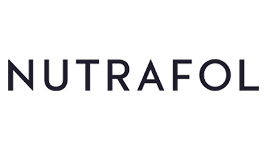Best hair loss treatments for women in 2025
Our team researched and compared dozens of the best hair loss treatments for women available today, evaluating their effectiveness, pricing, and safety.
Hair loss can be emotionally and physically distressing, especially for women. And it’s more common than you may think, occurring in up to 38% of healthy women.
When searching for the best hair loss treatments for women, we recommend first visiting a health care provider who will review your personal history, examine your scalp, and make personalized treatment recommendations tailored to you. Once you have a better understanding of the causes of your hair loss and your treatment options, you might consider getting your hair loss medications or treatment online.
Our team researched and compared dozens of the best hair loss treatments for women available today, evaluating their effectiveness, pricing, and safety. In addition, we spoke with Christopher Chu, MD, dermatologist and co-founder of Pure Dermatology in Austin, Texas, to gather his thoughts on the best hair growth products and hair loss treatments for women.
How to prevent hair loss in women
Female pattern hair loss can’t be prevented, but early evaluation and treatment can prevent the condition from worsening and help regrow hair.
According to the American Academy of Dermatology Association, you can also take the following steps to promote hair growth.
Gentler hairstyles
Avoid wearing your hair pulled back tightly in a bun, ponytail, or braids to reduce traction alopecia, a type of hair loss caused by the constant pulling of the hair. Instead, wear your hair down more often, try loose braids, and frequently change hairstyles to give your hair a chance to recover.
Limit the use of hot tools like curling irons and allow your hair to naturally air-dry when possible. Brush or comb your hair gently, and avoid chemical treatments, which can further damage fragile hair.
Using stress relief techniques
High levels of physical or emotional stress can cause a temporary form of hair loss known as telogen effluvium. It can be treated or reversed by reducing the source of stress.
Consider trying relaxation techniques like meditation, exercise, or talking to a therapist to manage stress.
Eat a balanced diet
Eating a balanced, nutrient-dense diet is vital for healthy hair. Deficiencies in protein, iron, vitamin D, and zinc have all been linked to hair loss, a reason why Dr. Chu says he often recommends a nutrition panel to rule out nutrient deficiencies.
Stop smoking
Smoking is thought to contribute to hair loss in several ways. It disrupts blood flow to hair follicles and creates free radicals that can damage the DNA of your hair follicle. Also, the American Academy of Dermatology Association notes that smoking increases inflammation throughout the body, which can worsen hair loss.
How to cope with hair loss
Hair loss can impact your self-esteem. There are healthy ways to cope, including joining local support groups, trying out new hairstyles, and seeking professional help. Also, wigs or hair toppers can provide instant results while you wait for your natural hair to grow.
What we look for in hair loss products for women
We found several important factors when testing hair loss products specifically for women.
Price
Hair loss treatments can be expensive, so we included a range of options to suit different budgets. We also included brands that allow financing and generic treatment options to make it easier to find an affordable solution.
Ingredients and effectiveness
Dr. Chu recommends starting with pharmaceutical medications like minoxidil, saying, “There’s nothing that really compares to those when it comes to treating hair loss.”
We included hair loss treatments with minoxidil, plus those made with 100% natural ingredients for people looking for natural approaches to hair loss.
Safety
Our goal is to recommend hair loss treatments that are not only effective but safe. We carefully evaluated all products on our list for potential side effects, drug interactions, and contraindications, and made sure to explain who should not use certain treatments.
Convenience
Most hair loss treatments require a long-term commitment. We considered the daily dose, ease of application, and whether the product left behind any scalp buildup.
Key Takeaways
- The top hair loss products for women use effective ingredients, are easy to use, and don’t cause unwanted side effects.
- Hair loss treatments in our review cost between $11 and $88 per month.
Sources
- Fabbrocini G, et al. Female Pattern Hair Loss: A Clinical, Pathophysiologic, and Therapeutic Review. International Journal of Women’s Dermatology. December 2018. Found on the internet at https://www.sciencedirect.com/science/article/pii/S2352647518300224?via%3Dihub
- MedlinePlus. Minoxidil Topical. Nov. 15, 2017. Found on the internet at https://medlineplus.gov/druginfo/meds/a689003.html
- Gupta AK, et al. Minoxidil: A comprehensive review. The Journal of Dermatological Treatment. June 1, 2021. Found on the internet at https://www.tandfonline.com/doi/full/10.1080/09546634.2021.1945527
- Ablon G, Kogan S. A Six-Month, Randomized, Double-Blind, Placebo-Controlled Study Evaluating the Safety and Efficacy of a Nutraceutical Supplement for Promoting Hair Growth in Women With Self-Perceived Thinning Hair. Journal of Drugs in Dermatology (JDD). May 2018. Found on the internet at https://jddonline.com/articles/a-six-month-randomized-double-blind-placebo-controlled-study-evaluating-the-safety-and-efficacy-of-a-S1545961618P0558X/







